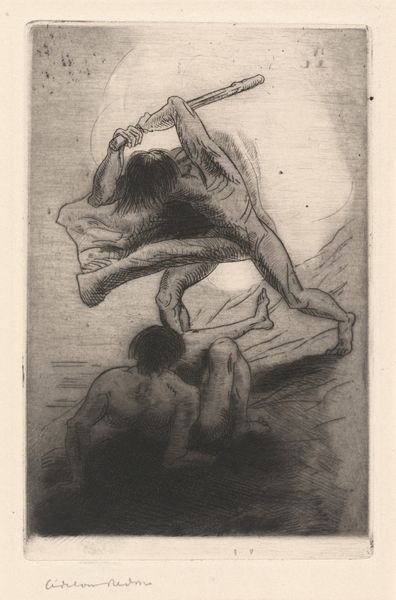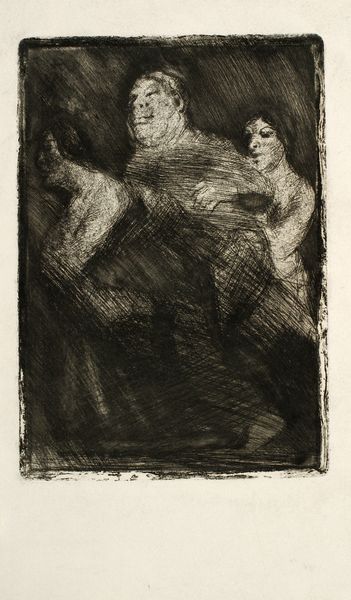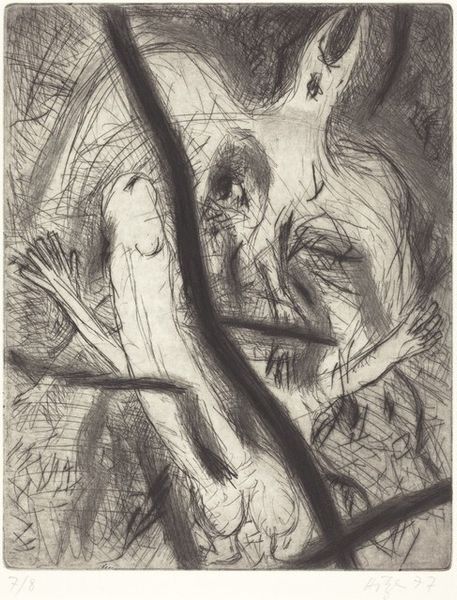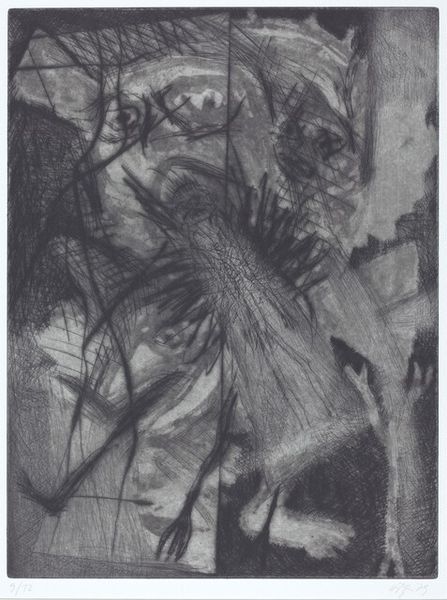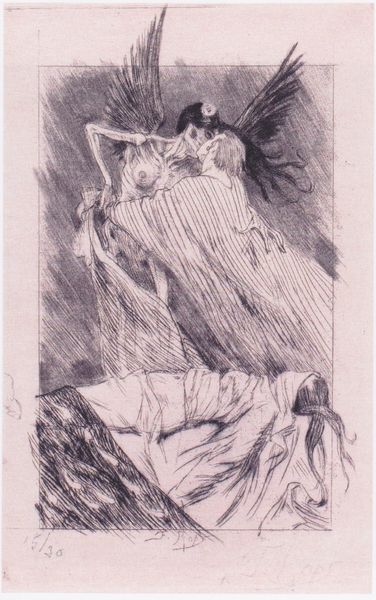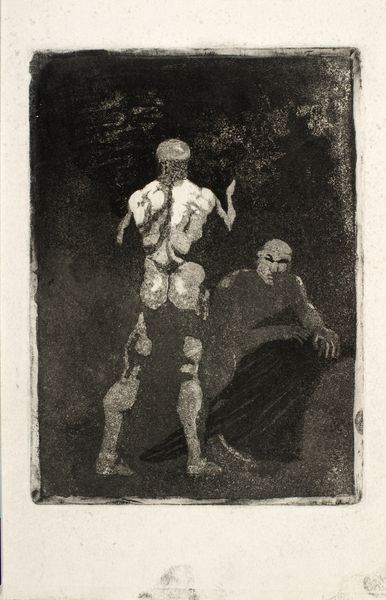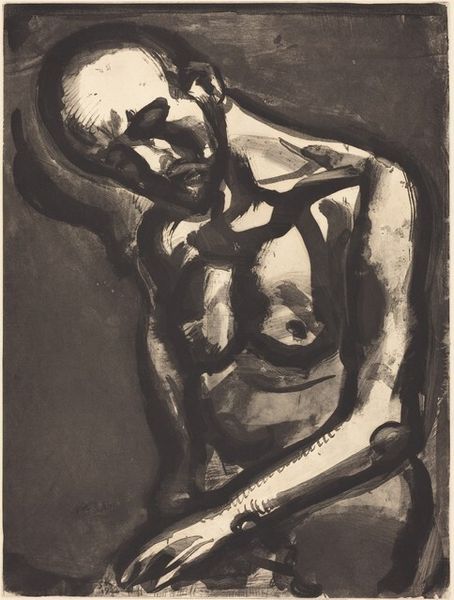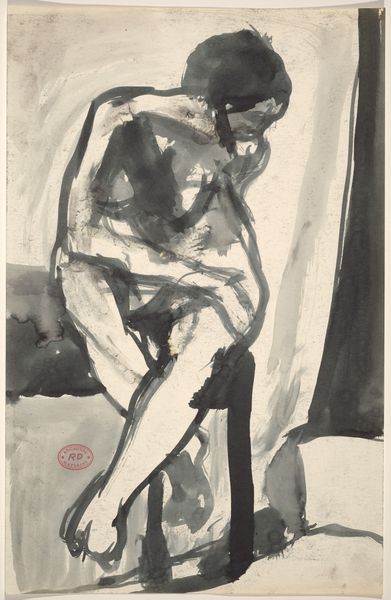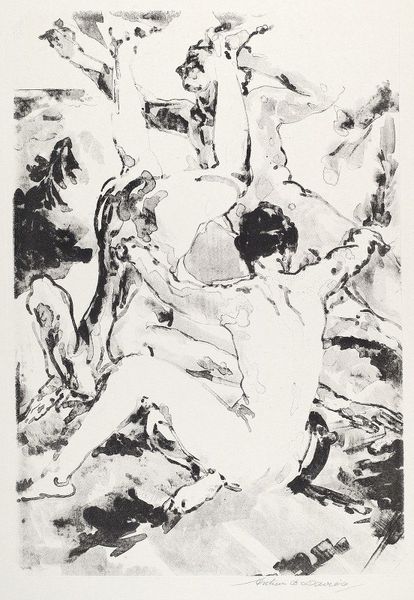
drawing, ink, pen
#
drawing
#
baroque
#
pencil sketch
#
charcoal drawing
#
figuration
#
ink
#
pencil drawing
#
pen-ink sketch
#
pen
#
history-painting
Dimensions: height 210 mm, width 161 mm
Copyright: Rijks Museum: Open Domain
Editor: Here we have "Laocoön en zijn zonen (?)" by Moses ter Borch, dating from around 1661-1662. It's a pen, ink, and pencil drawing. I’m struck by the raw emotion in this sketch—it feels very immediate and visceral. How do you interpret this work, considering its historical context? Curator: It's a powerful piece, isn't it? The classical subject of Laocoön, tormented by snakes, was often used to explore themes of suffering and divine retribution, but it’s more than just a depiction of anguish. Borch made this sketch at a time when there were significant societal tensions due to ongoing religious and political conflicts. I find myself wondering about the symbolism—who were the snakes in 17th century Netherlands? Did it mean specific colonial empires, a plague, and if so, how do you think viewers might have related to that torment on a personal level? Editor: That’s fascinating. So, it could be read as a commentary on the anxieties of the time, perhaps even related to Dutch involvement in the slave trade. Does this connect with any philosophical notions from that era? Curator: Absolutely. Think about the prevailing Calvinist beliefs about human fallibility and divine justice. Now, consider that many merchants funding such art like this were also invested in colonial exploitations. Borch has family money. So is Borch attempting to elicit empathy with a broader community through shared images of powerlessness and victimization? The way Ter Borch renders the figures—exposed, vulnerable—also resonates with evolving concepts of humanism and its intersection with power dynamics and trade interests. It urges a discomforting intimacy. Editor: I hadn't considered those intersections before. It's interesting how a classical story can become a vessel for contemporary concerns. I’ll remember to question if the people investing the the slave trade were viewing similar art in their parlors! Curator: Exactly! Question everything, especially whose stories art truly serves to represent. Editor: Thanks. Thinking about it now I’m appreciating its social messaging and political subtext much more. Curator: Art is more than aesthetics; it’s a reflection of our shared humanity and inhumanity.
Comments
No comments
Be the first to comment and join the conversation on the ultimate creative platform.
